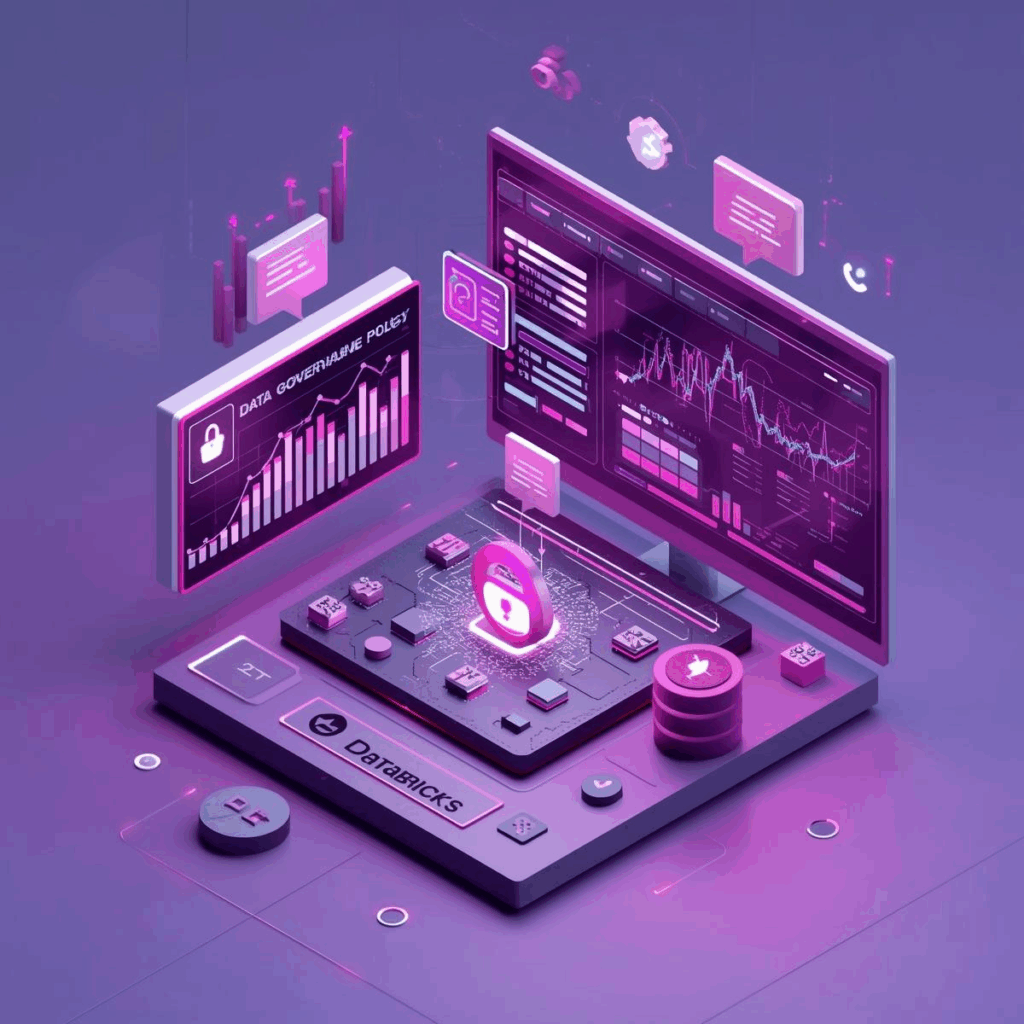Beyond the Hype: Why Data Management Needs Smaller, Smarter AI Models
October 6th, 2025 WRITTEN BY FGadmin Tags: data management, smarter AI models

Written by Soumen Chakraborty, Vice President, Artificial Intelligence
Introduction
Over the past two years, Large Language Models (LLMs) have dominated the AI conversation. From copilots to chatbots, they’ve been positioned as the universal answer to every problem. However, as enterprises begin to apply them to their data management problems, the cracks are starting to show – high costs, scalability issues, and governance risks.
At Fresh Gravity, we’ve been asking a simple question: Do you really need a billion-parameter model to validate a single record, reconcile a dataset, or generate a SQL query?
Our conclusion: not always. In fact, for many of the toughest data management challenges, smaller, task-focused models (SLMs/MLMs) are often a better fit.
The Limits of LLMs in Data Management
LLMs are brilliant at broad reasoning and open-ended generation. However, when applied to day-to-day row/column-level data management, three major issues emerge:
- Cost Explosion: Running LLMs on millions of record-level checks quickly becomes unaffordable
- Scalability Problems: They’re optimized for rich reasoning, not for repetitive, structured operations
- Governance Risks: Hallucinations or inconsistent outputs can’t be tolerated in regulated industries
That’s why betting everything on LLMs is not a sustainable strategy for enterprise data.
Why Smaller Models Make Sense
Small and Medium Language Models (SLMs/MLMs) offer a different path. They don’t try to solve every problem at once, but instead focus on being:
- Cost-efficient – affordable to run at scale
- Task-focused – fine-tuned for narrow, high-value problems
- Fast – optimized for record-level operations
- More governable – easier to constrain in compliance-heavy environments
Smaller doesn’t mean weaker. It means smarter, leaner, and more practical for the jobs that matter most.
Real Models Proving This Works
The industry already has strong evidence that smaller models can shine:
- LLaMA 2–7B (Meta): Efficient and fine-tunable, great for SQL and mapping tasks
- Mistral 7B: Optimized for speed, yet competitive with much larger LLMs
- Phi-3 (Microsoft): A 3.8B parameter model with curated training data, surprisingly good at reasoning
- Falcon 7B: Enterprise-friendly balance of performance and cost
- DistilBERT/MiniLM: Trusted for classification, entity extraction, and standardization
These models show that parameter count isn’t everything. With fine-tuning, SLMs often outperform LLMs for specific, repetitive tasks in the enterprise.
The Art of Possibility for Data Management
Now imagine what this opens for data teams:
- Models that catch bad data before it spreads, flagging missing, inconsistent, or invalid records instantly
- AI that can spin up pipelines with built-in guardrails, reducing manual coding and human error
- The ability to compare massive datasets in seconds, highlighting mismatches at scale
- Smarter matching engines that can spot duplicates across millions of records without endless rule-writing
- Query tools that let anyone turn plain English into SQL or SparkQL, putting data access in everyone’s hands
This is where smaller, focused models excel, doing the heavy lifting of data management tasks reliably, quickly, and cost-effectively
Where SLMs and LLMs Each Fit
Data Mapping
- SLMs: Handle structured, repeatable mappings (CustomerID → ClientNumber)
- LLMs: Step in when semantic reasoning is needed
- Industry Reference: Informatica CLAIRE, Collibra metadata mapping
- Fresh Gravity Example: Penguin blends SLMs for bulk mapping, escalating edge cases to LLMs
Data Observation (Monitoring)
- SLMs: Detect anomalies and unusual patterns at scale
- LLMs: Interpret unstructured logs, suggest root causes
- Industry Reference: Datadog anomaly detection + Microsoft Copilot for Security
- Fresh Gravity Example: DevOps Compass uses anomaly models + SLMs for most alerts, with LLMs reserved for complex correlations
Data Standardization
- SLMs: Normalize structured fields like dates, codes, and units
- LLMs: Resolve ambiguity in free-text or unstructured notes
- Industry Reference: Epic Systems blends AI for ICD-10 coding vs. clinical notes.
- Fresh Gravity Example: Data Stewardship Co-Pilot utilizes SLMs for structured standardization and LLMs for free-text context.
Fresh Gravity’s Hybrid Approach
We see the future as a hybrid, not one-size-fits-all. At Fresh Gravity, we’re embedding this strategy into our accelerators:
- AiDE (Agentic Data Engineering): SLMs fine-tuned on SQL/Spark for pipeline generation; LLMs for complex design tasks.
- DevOps Compass: SLMs for log parsing and anomaly detection; LLMs for deeper root cause analysis.
- Data Stewardship Co-Pilot: SLMs for reconciliation, matching, and standardization at scale; LLMs for context-heavy edge cases.
This isn’t theory — we’re running these experiments today to prove value with real-world performance and cost data.
Why Hybrid Wins
Our philosophy is simple:
- LLMs where broad reasoning is essential
- SLMs where scale, efficiency, and cost control matter most
The result is:
- Enterprise-ready scalability without runaway costs
- Predictable, fast performance for record-level tasks
- Client empowerment to deploy in the cloud or on-prem, affordably
Conclusion
LLMs have expanded the boundaries of what AI can do. But in data management, the future isn’t about “bigger models.” It’s about smarter combinations of models that fit the task at hand.
By blending the power of LLMs with the efficiency of SLMs, we can build solutions that are innovative, scalable, and sustainable.
At Fresh Gravity, that’s exactly what we’re doing: embedding hybrid AI into our accelerators so our clients don’t just chase the hype — they see real, lasting business outcomes.
.png)







